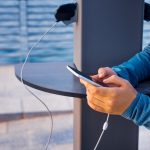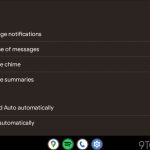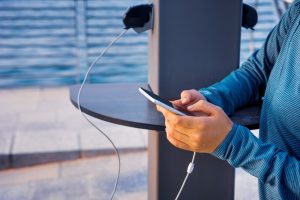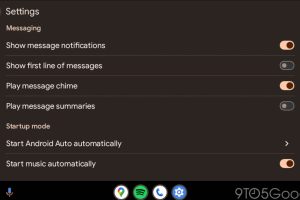That a USB-C charger is capable of supplying 30W to charge the mobile is not the problem. The thing is, it’s difficult to be sure you’re using the right cable for that charging process. The same thing happens when trying to connect a device to a monitor: will I really be able to use it like I’m supposed to?
One port to rule them all. The USB-C connector has become the universal standard connector for our devices. The European Union forced it to be adopted when charging mobile phones, tablets, headphones and other devices, and even Apple ended up giving in and abandoning the traditional Lightning connector on its equipment.
Many connectors in one. The USB standard has evolved a lot over the years, and for some time we have seen different types of connectors that respond to different types of specifications and features. The USB-C connector posed an interesting proposal to unify them all, of course, but in doing so it also eliminated something precisely specific to each USB variant. Which was nothing more than different formats and even colors to differentiate them. You could get an idea of what performance you could expect from a certain connector and cable at a glance: that’s no longer possible.
Everything is already USB-C. It is no longer just that the different versions of the USB standard make use of these connectors, it is that other standards for the transmission of current, data or video also take advantage of these connectors and complicate the picture. Alternative modes allow non-USB protocols to run through this cable, and thanks to that we can connect DisplayPort, HDMI or Thunderbolt monitors using cables with USB-C connectors. Precisely the Thunderbolt 5 standard that was announced in September 2023 also makes use of this connector.


We need to identify the cables…. The emergence of Thunderbolt 5 shows that there is a solution to identifying cables and connectors. Thunderbolt cables begin to use a hood (the plastic head that covers the metal connector) in which, in addition to the Thunderbolt identification logo, a number appears that identifies which version of Thunderbolt the cable supports. Little by little this is also beginning to happen in USB cables, whose hoods, for example, show both the maximum data transmission speed and the charging capacity. Not all manufacturers follow this guideline, but it would certainly be desirable.
…and also the connectors. Some USB-C connectors on our devices display symbols to help you recognize them, but that doesn’t always happen and can create more confusion. On laptops, for example, it is common for there to be several USB-C ports but only one is used to charge the device. Once again, the ideal would be that given the variety of options, each connector would have some identification to know to what extent we can take advantage of it.
USB-IF recommends, but does not mandate. This body that certifies cables has been trying to offer a solution to the problem for some time. Their recommendation is precisely that the cables include an identification label, and although there are documents that show those labelshardly seem to have been adopted in the industry.
And that’s where regulators should come in.. The same European Union that acted strictly when imposing the USB-C connector should also act now so that cables and connectors are always clearly identified. It is the only option given the enormous number of standards and protocols that end up taking advantage of the USB-C connector
Image | Lucian Alexe
In Xataka | USB-C is the worst standard in history because it is anything but standard















Add Comment